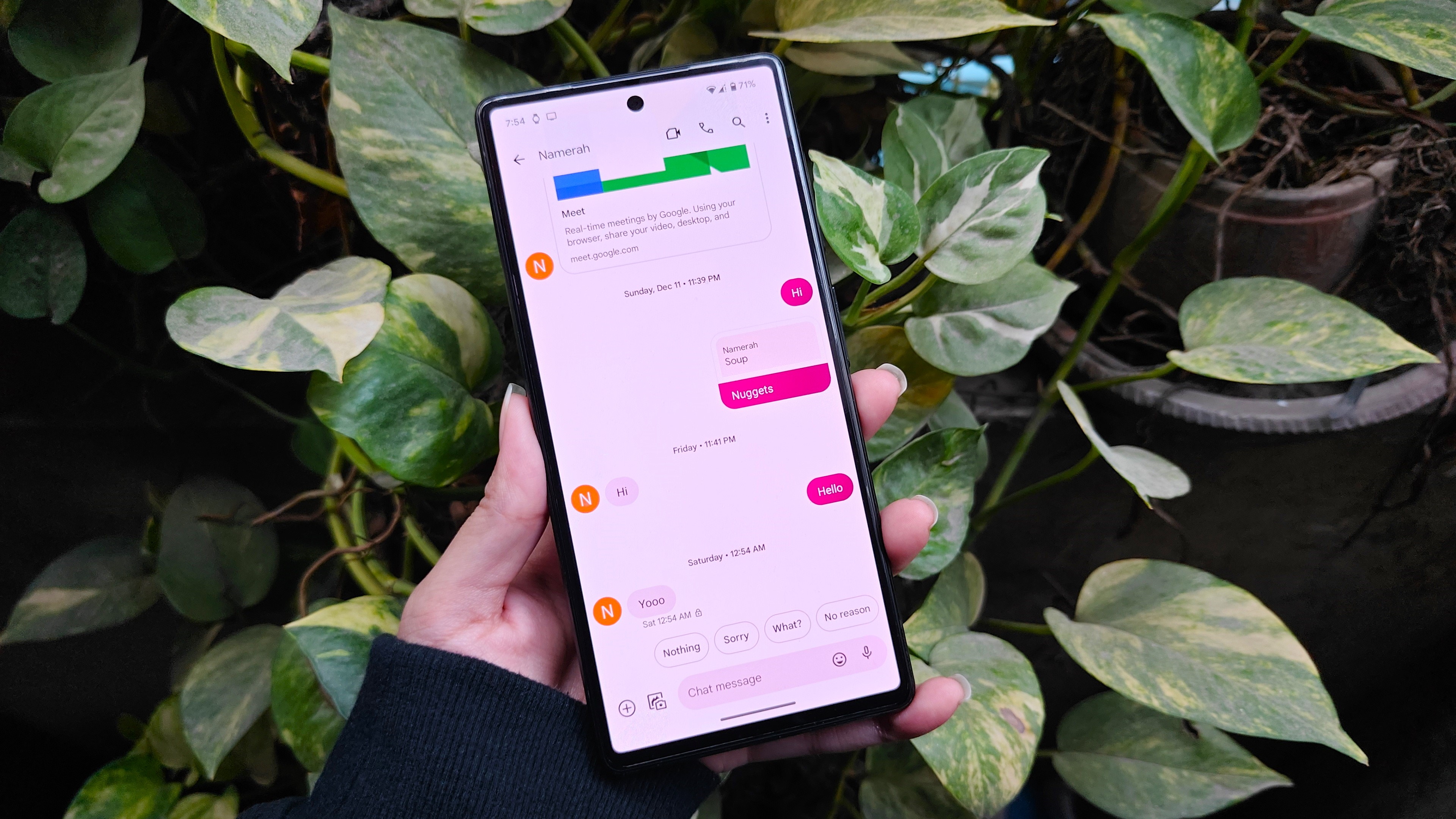No, the OnePlus 8 Pro doesn't have an 'x-ray' camera — here's what's actually happening
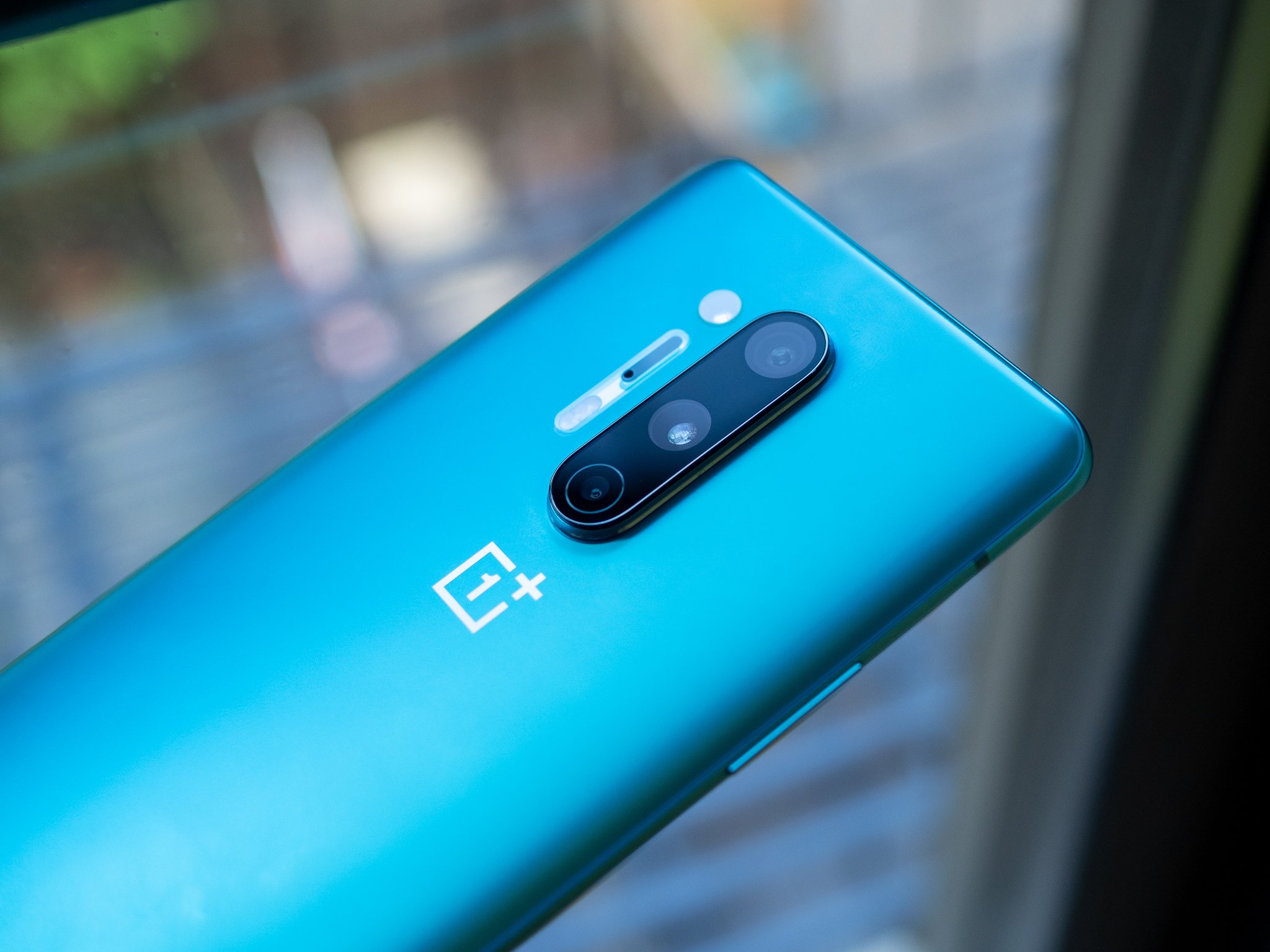
Update: OnePlus has released a statement on the color filter camera, saying it's planning to release a software update that changes the "photochrom" mode's functionality in order to address new-found privacy concerns.
You may have heard that people have discovered the OnePlus 8 Pro's dedicated "color filter" camera has a bonus feature: it can see through (some) plastic. The capability, generally now being dubbed as an "x-ray camera," has picked up steam and of course immediately switched gears to privacy concerns after some discovered it can partially reveal what's behind thin clothing as well.
Let's set things straight: the OnePlus 8 Pro's color filter camera is not an "x-ray" camera, nor is it actually designed to let you see through objects. This would be pretty cool, from a technical perspective, particularly if OnePlus actually knew this beforehand (it didn't) — but sadly, there's a much more mundane explanation.
The color filter camera only lets you see through objects that were actually already transparent — you just didn't know it, because your eyes can't see the same kind of light that the camera can. Let me explain.
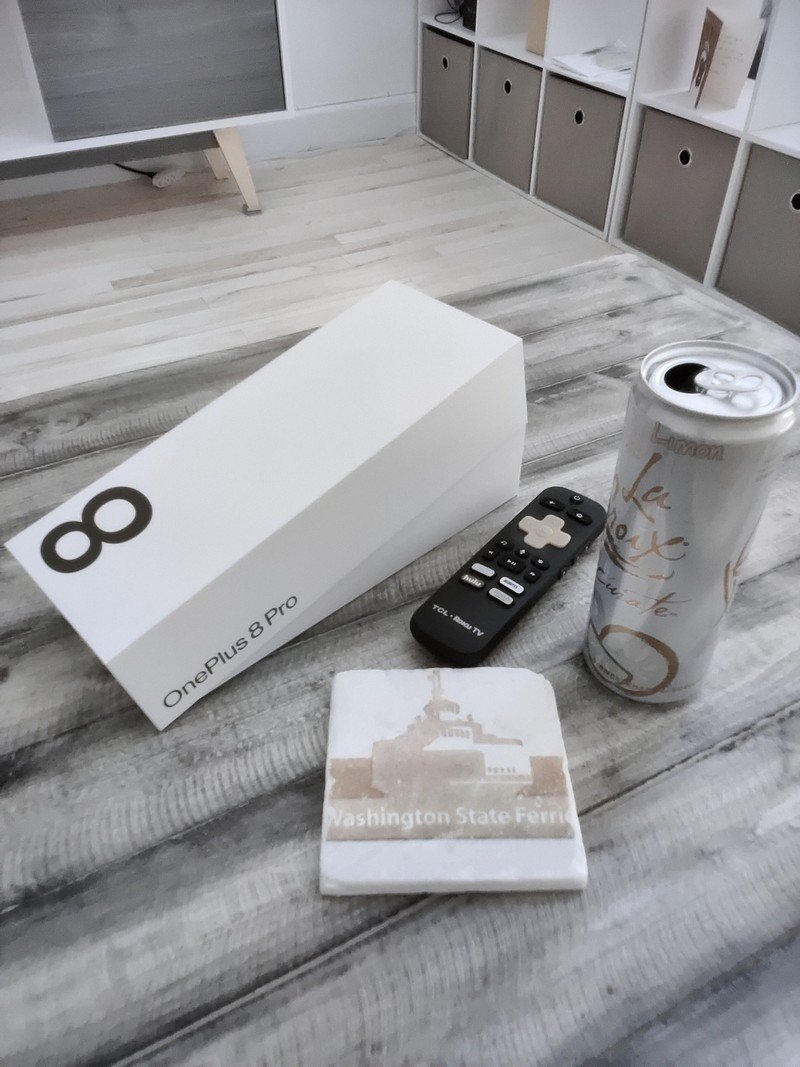
The color filter camera on the OnePlus 8 Pro is a 5MP sensor with a special coated lens that's separate from the main, ultra-wide and telephoto cameras. This lens is designed to let different types of light into the sensor than other lenses, so that when combined with filter software on the phone, it can provide more dramatic colors and effects to the user. Nowhere is this more exaggerated than the "photochrom" filter option, which provides dystopian-looking inverted or x-ray-like colors — and this is where we get to the discovery.
The color filter camera lens, apparently, doesn't block infrared (IR) light. Most camera lenses try to filter out infrared light, because it can cause annoying visual abberations that make photos look bad, and most importantly look different than what our eyes see. You can sometimes catch beams of infrared light in smaller cameras at the right angles in some circumstances, but for the most part, you won't see it. And most importantly for this phenomenon, your eyes can't see it: infrared light is outside of the visual spectrum. That's one of the main reasons why IR has been used in TV remotes for decades, and more recently deployed in every single smartphone for proximity sensors and illuminators for face unlock on the front, and for auto focus on the back.
So the general rule of thumb here is that if infrared light can pass through a surface, then the OnePlus 8 Pro's color filter camera can "see" through it. For example you can look at the end of a TV remote, which uses IR signals to control the TV — the end cap on the remote looks black to your eyes, but the plastic allows IR through. The same goes for the bezels on your smartphone, where behind the black glass you'll see various sensors and cameras — that hardware can see through the tinted glass, but your eyes can't. I also pointed the OnePlus 8 Pro at the charging dock for my robot vacuum — it's almost entirely IR-permeable plastic.
Be an expert in 5 minutes
Get the latest news from Android Central, your trusted companion in the world of Android
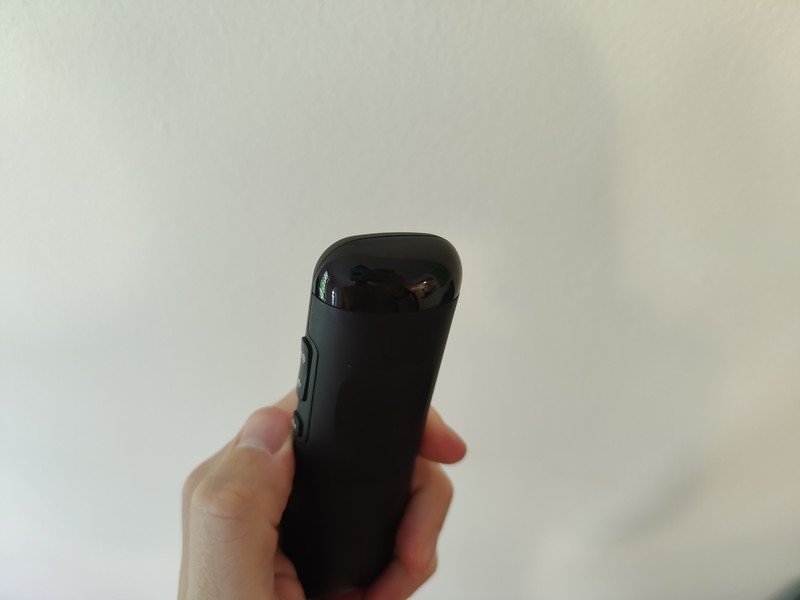
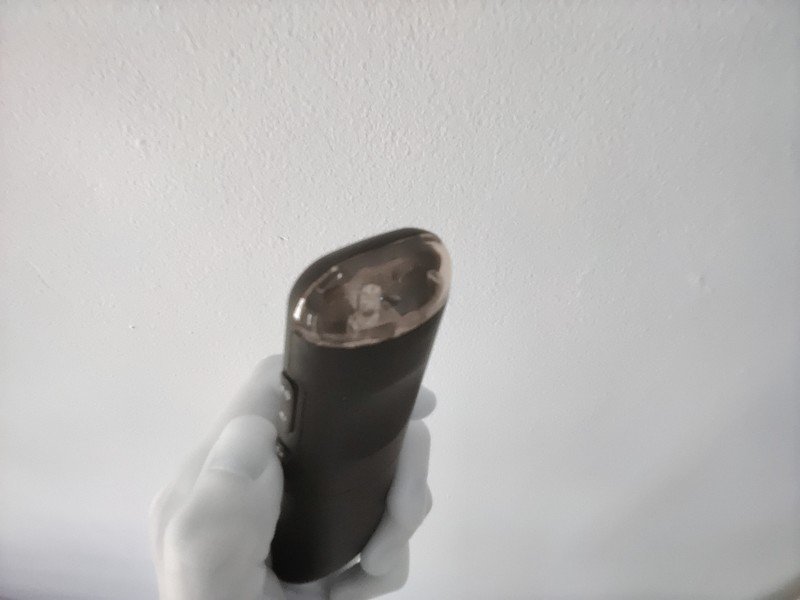
Source: Andrew Martonik / Android CentralA TCL Roku TV remote shows where it sends its IR signals.
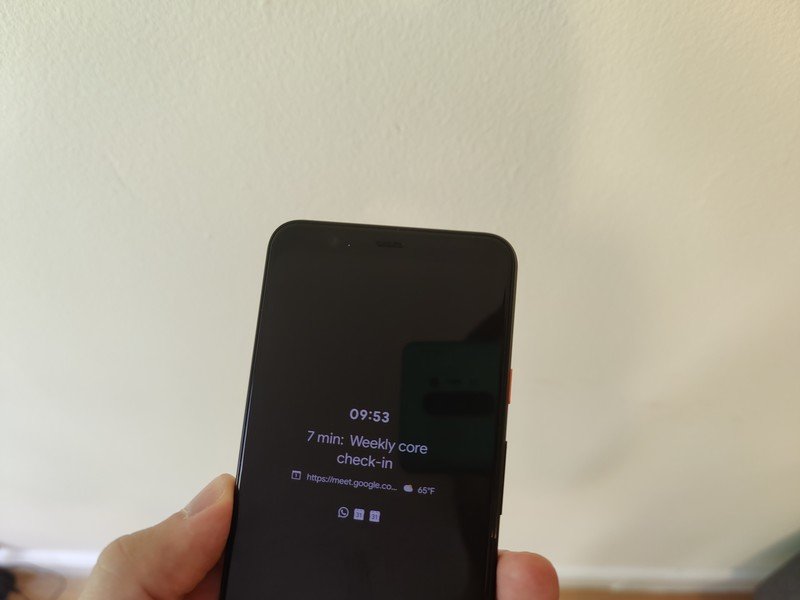
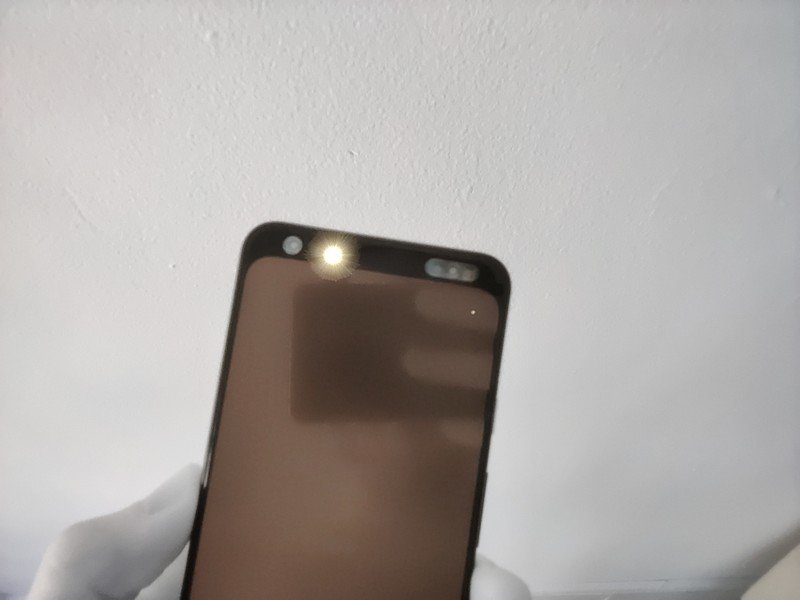
Source: Andrew Martonik / Android CentralA Pixel 4 XL's top bezel reveals sensors and cameras used for proximity sensing and face unlock.
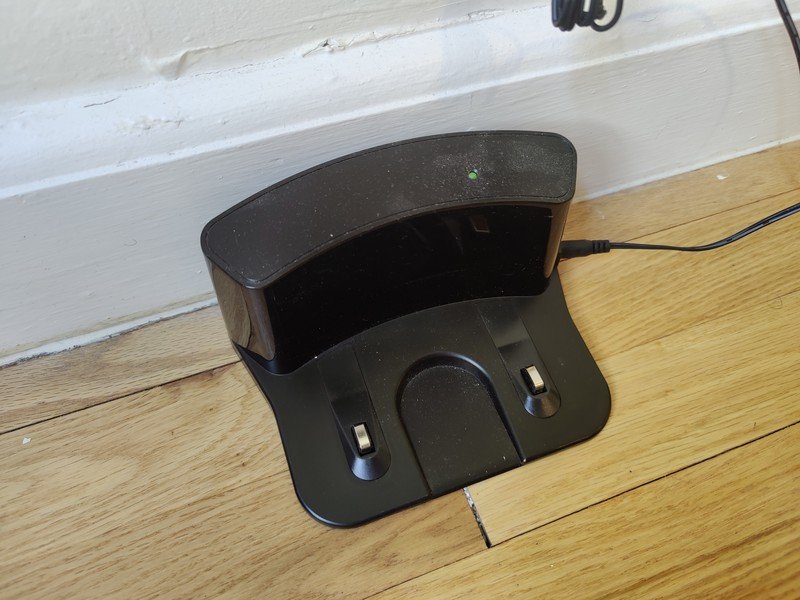
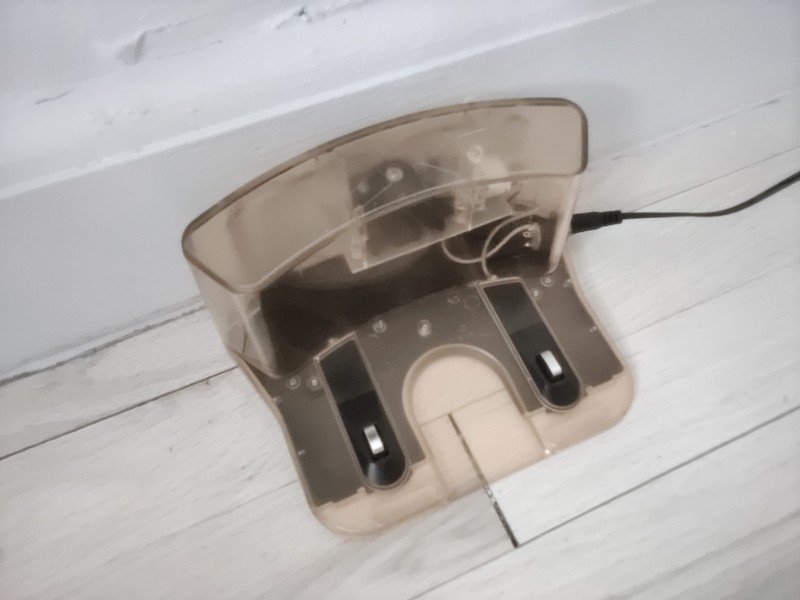
Source: Andrew Martonik / Android CentralYou can see all of the electronics inside this robot vacuum charging pad.
So yes, the OnePlus 8 Pro's color filter can "see through" objects, but it can't see through them any easier than another camera that doesn't block IR light. And most importantly, it's not seeing through anything that doesn't, by design, let IR light through. Unlike other advanced imaging, the color filter camera can only see through IR-permeable surfaces. That's it.
Yes, the color filter camera can see anywhere IR light passes through — no, that's not a privacy concern.
As for the whole "it can see through clothing" thing ... well, yeah, it makes sense. Fabrics are woven materials, they let light through gaps between the fibers — and in the case of something that's very thin or sheer, it can let a lot of light through. Our eyes just don't necessarily perceive all of this light coming through, because we're also seeing the shadows and other effects of the light reflecting off of the fabric. If a camera is trained to enhance its vision of infrared light, it can better "see" that light passing through the fabric.
Thankfully for anyone who's worried about the privacy implications of the OnePlus 8 Pro's "x-ray" camera, the color filter camera is very bad compared to what we're used to in smartphones. It's a small, low resolution sensor and takes very poor photos — and things only get worse when you apply the photochrom filter. This is not a high-end imaging device.
Even after learning of this unforeseen "feature" of the OnePlus 8 Pro's color filter camera, I still come to the conclusion that there's no need for this camera to exist and it's effectively useless. The fact is, it's a very weak camera sensor behind a lower-quality lens that takes worse photos than simply using the main sensor with a software-only filter applied after capture. Once you know it can see through some plastics it's fun to play with for a few minutes and learn about infrared light (yay, science!), but after that you'll go back to using the OnePlus 8 Pro's other cameras, and be better off for it.
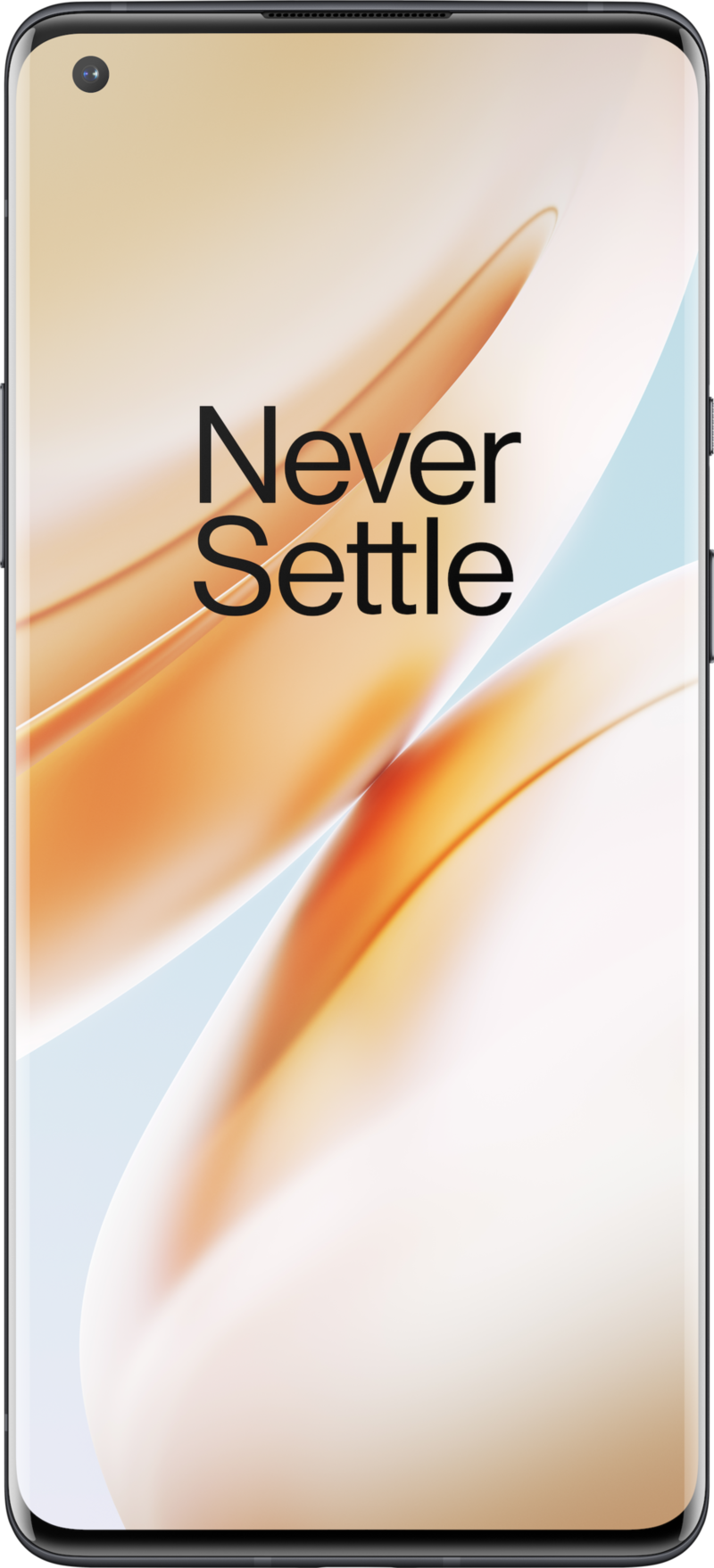
More expensive, more capable
The OnePlus 8 Pro is an impressive and well-designed smartphone that doesn't upend the traditional OnePlus formula, so much as extend it to its logical place in the 2020 canon: more features, higher price. With the addition of an impressive primary camera, waterproofing, and wireless charging, OnePlus has finally checked all of the boxes on its spec sheet.
Andrew was an Executive Editor, U.S. at Android Central between 2012 and 2020.

